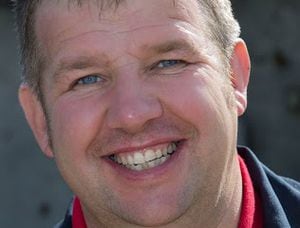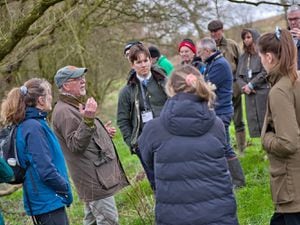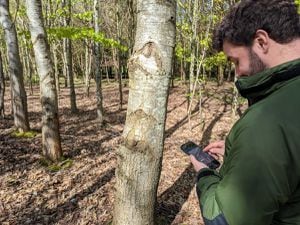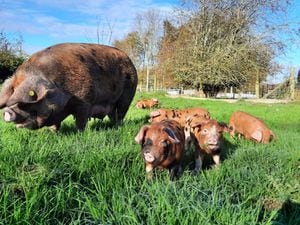Shropshire Farming Talk: Stamp out lameness and increase profit
With input costs at an all-time high and milk prices dropping, improving efficiencies in the herd, as well as controlling costs which can be predicted all help towards a sustainable future.

Producers will be aware that the typical cost of a single case of cattle lameness in terms of treatment costs, loss of yield and potential for shortened productive life of the cow is put at £180 (Source: Agriculture and Horticulture Development Board), this equates to nearly £15,000 for an average-sized herd at current levels. Of course, there are so many variable factors to take into consideration that this only provides a guide.
As farmers continue to sharpen the pencil on profitability, seeking cost saving opportunities is front of mind. However, cutting back on the amount of trimming being done never pays off.
The best way to get a better return on hoof trimming is by preventing new lameness.
I’m a great believer in the fact that prevention is better than cure; foot trimming is essential precautionary work to prevent lameness and is the most cost-effective way to combat foot problems and improve herd health.
I would say that wouldn’t I! However, as an example one of my clients with a herd of 280 cattle started routine trimming 5 years ago. The percentage of lameness was almost 20 per cent.
As a result of mobility scoring, good housekeeping, foot bathing and routine foot trimming every cow twice a year, the herd now has only 2-3 per cent incidents of lameness with an increase in herd productivity.
The majority of my clients view foot trimming as an investment rather than a cost, proved by their continued return on investment (ROI).
Nick Challenor is the owner of ND Challenor Professional Livestock Services.





